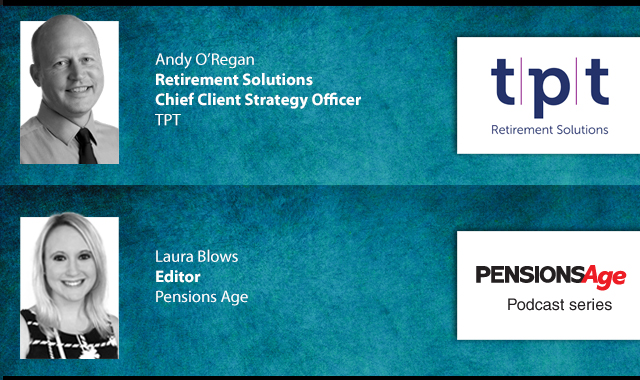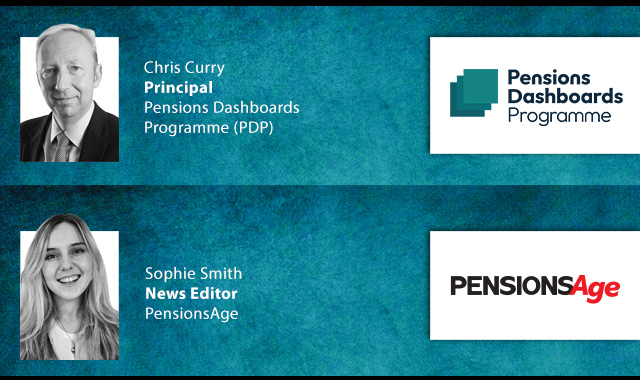NHS employers have urged the Treasury to review the impact of current pension tax rules, arguing the current system could “damage the perceived value” of the NHS Pension Scheme.
Submitting their response to the NHS pay review body 2019/20 last week, 7 January, employers said that current tax allowances are making the scheme “less attractive” to high earners, with some staff cutting down their hours, retiring early or leaving completely as a result.
According to NHS employers, if the trend of high earners leaving the scheme continues, there could be an impact on the “yield and the ongoing sustainability of the scheme”.
“The current contribution design relies on high earners paying higher member contributions to subsidise those paying lower contributions. If the trend of high earners leaving the scheme continues, this may have an impact on the yield and the ongoing sustainability of the scheme,” NHS employers said.
“This is a key consideration for the employee contribution review. We would welcome any review by the Treasury of the impact of current pension tax rules on key public servants.”
The introduction of the tapered annual allowance in April 2016 meant that more staff are likely to be affected by the tax thresholds.
“This has the potential to damage the perceived value of the NHS Pension Scheme as a benefit, and influence member behaviour,” it added.
Furthermore, for those on gross salaries between £118,000 and £170,000, take-home pay increased by less than £3,000, with marginal tax rates above 100 per cent experienced between £118,800 and £122,600.
According to the review body on senior salaries, such marginal tax rates mean it could be rational for an individual to seek part-time rather than full-time work.
Earlier this month, a Freedom of Information request by the Health Service Journal revealed that nearly a quarter of a million (245,561) NHS workers have opted out of the NHS pension scheme in the last three years.
Another Freedom of Information request from Royal London found that the opt-out rate of NHS employees was 16 per cent, compared to 3.4 per cent for the teachers’ scheme, 1.45 per cent for the civil service scheme and 0.04 per cent for the armed forces scheme.
NHS Employers added that they feel that more needs to be done to help staff understand the value of the scheme, such as better communication of the rewards and benefits of the scheme.
Despite this, in a survey of 60 employers, 86.6 per cent rated the scheme as “effective or somewhat effective” in retaining staff, compared to 13.4 per cent who rated it as “not effective”.
Latest News
-
Pensions dashboards one step closer to reality as first provider completes connection
-
Half of UK adults 'in the dark' about state pension entitlement
-
Countdown to the Pensions Age Spring Conference begins
-
Sainsbury's DB surplus rises to £731m following fall in liabilities
-
News in brief - 17 April 2025
-
This week in pensions: 14-17 April 2025
Being retirement ready
Gavin Lewis, Head of UK and Ireland Institutional at BlackRock, talks to Francesca Fabrizi about the BlackRock 2024 UK Read on Retirement report, 'Ready or not. How are we feeling about retirement?’
Time for CDI
Laura Blows speaks to AXA Investment Managers (AXA IM) senior portfolio manager for fixed income, Rob Price, about cashflow-driven investing (CDI) in Pensions Age’s latest video interview
The role of CDC

In the latest Pensions Age podcast, Laura Blows speaks to TPT Retirement Solutions Chief Client Strategy Officer, Andy O’Regan, about the role of collective DC (CDC) within the UK pensions space
Keeping on track

In the latest Pensions Age podcast, Sophie Smith talks to Pensions Dashboards Programme (PDP) principal, Chris Curry, about the latest pensions dashboards developments, and the work still needed to stay on track
© 2019 Perspective Publishing Privacy & Cookies















Recent Stories